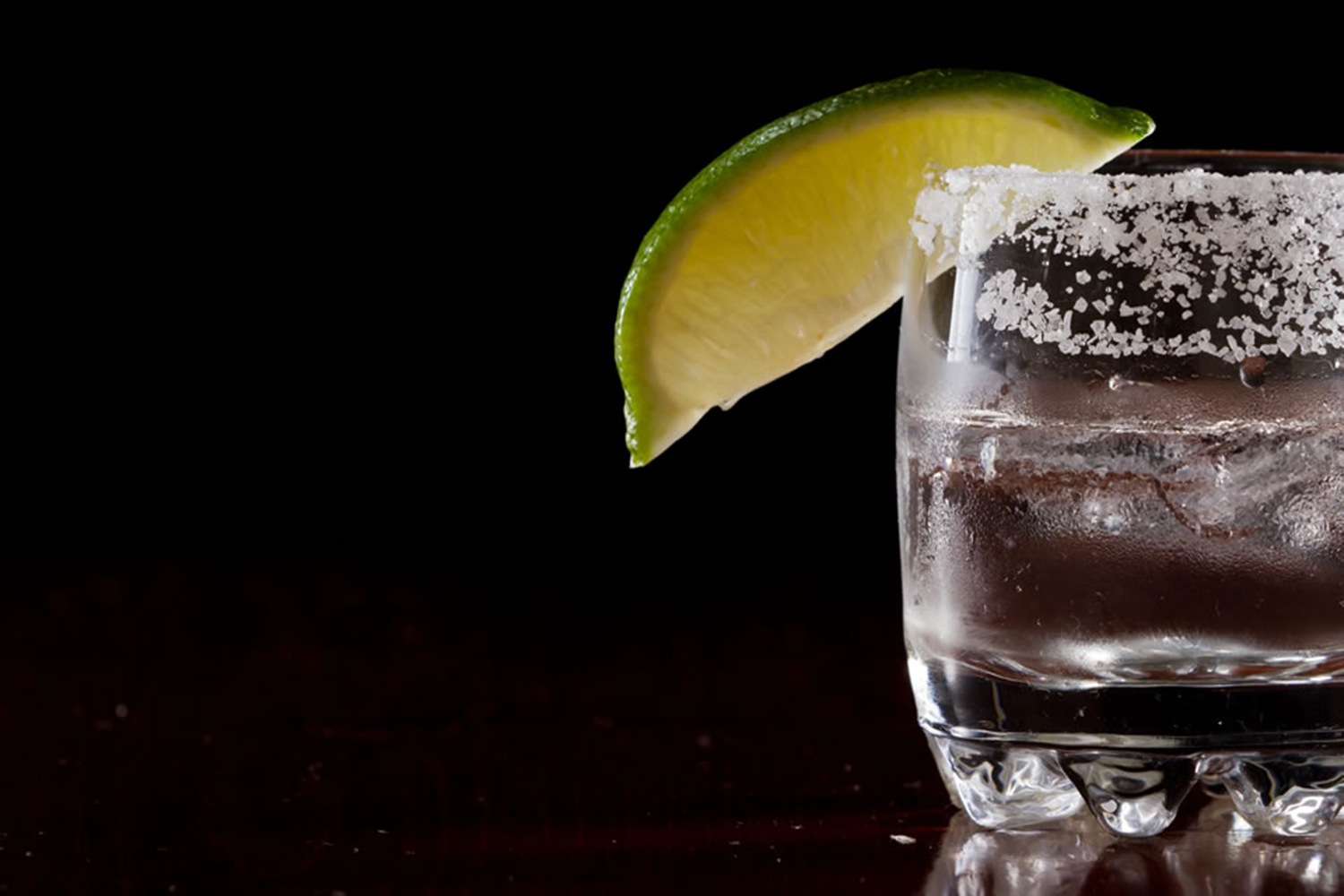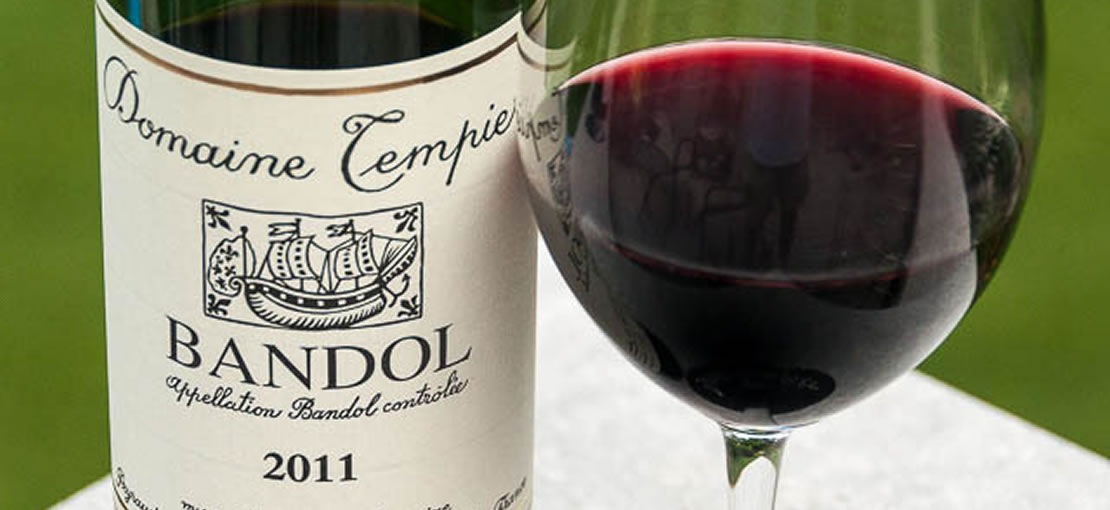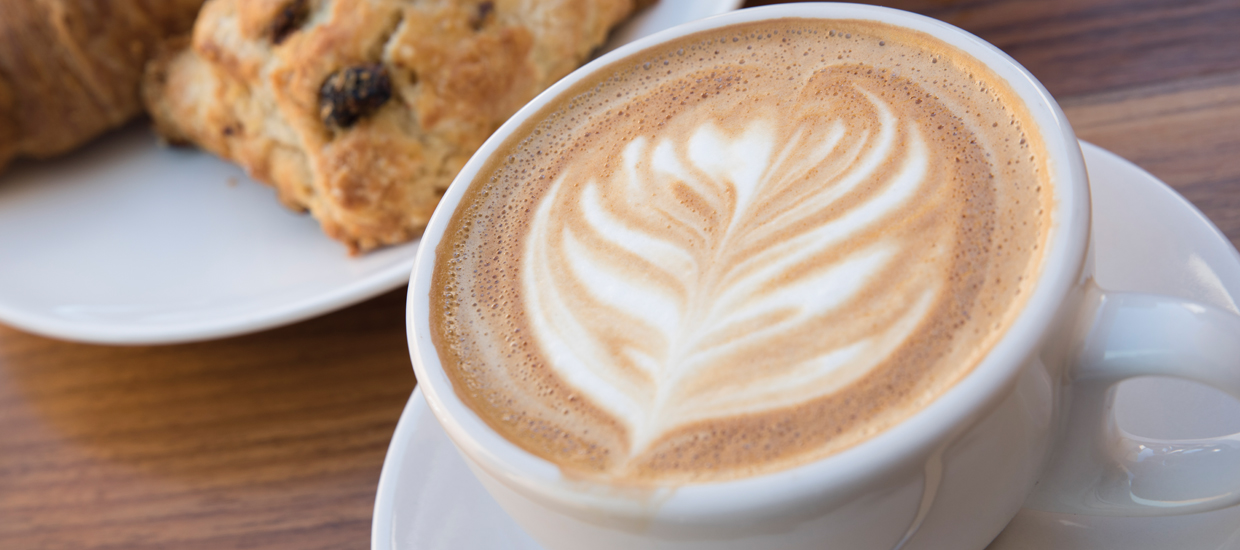Americans are undoubtedly familiar with tequila. The distilled Mexican spirit is widely advertised and has inspired popular culture with songs like “Tequila Sunrise” and “Margaritaville.” The United States is also the largest consumer of tequila—more than three-quarters of the exports from Mexico are headed north of the border with Germany and Spain trailing in a far second and third place, respectively.
Mescal, on the other hand, is still shrouded in mystery, though that is quickly changing. A close cousin of tequila, mescal is becoming more popular to a sophisticated set in Mexico and the United States as expert mixologists use the spirit to create innovative drinks across the continent. Although it has quietly appeared at authentic Mexican establishments, high-end bars and restaurants are now getting in on the action, stocking a variety of bottles, offering tastings and featuring extensive menus of these agave-based spirits.
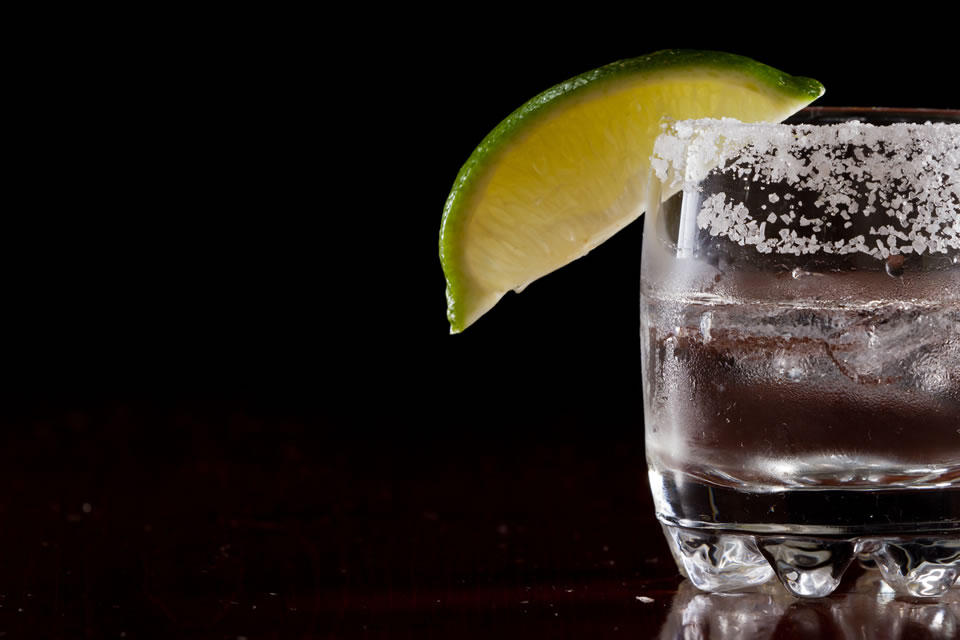
“In Mexico City, it is the fanciest bars that are now serving mescal and cocktails made from mescal,” says Harry Kohlmann, CEO of Miami-based Park Street, an outfit that imports and distributes tequila and mescal across the country. “And we are seeing the same trend in cities in the United States.”
Though tequila and mescal are both distilled liquors made from the fermented juice of agave plants, tequila has been a designated drink since the 1970s, with strict rules directing its production. “Similar to the way that Champagne is a type of sparkling wine, but not all sparking wine is Champagne, all tequila is a type of mescal, while not all mescal is considered tequila,” Kohlmann explains.
But just because mescal is not considered tequila doesn’t mean that it is lacking in quality. In 1995, mescal warranted its own designation of origin in Mexico, and Kohlmann says that, for the last several years, discerning drinkers have flocked to mescal for its variety and unique taste. There’s also the element of tradition that can only be associated with something that is made in small batches by “mescaleros” who have practiced the custom for generations.
Tequila: The Champagne of Mexico
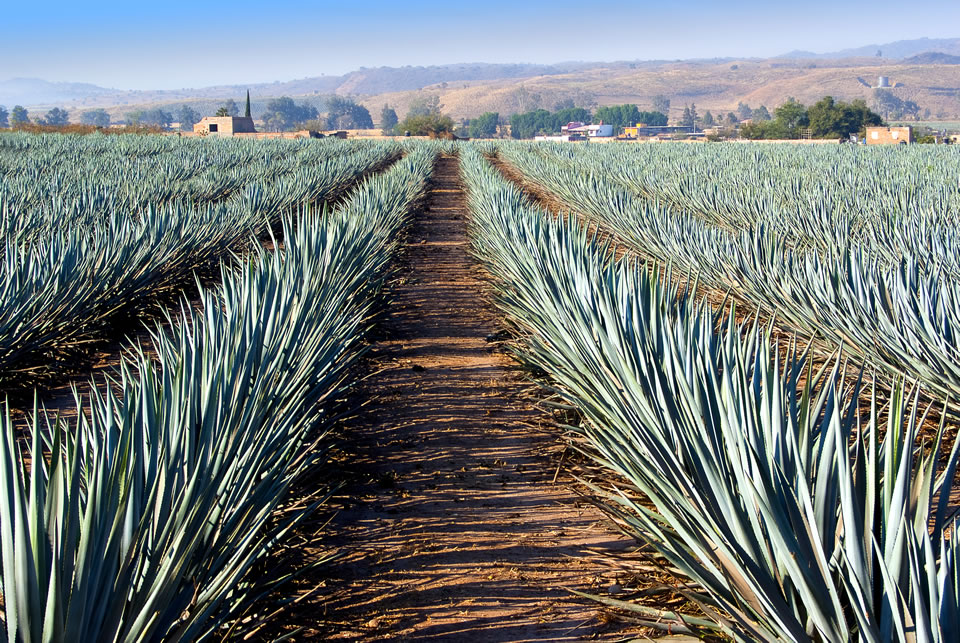
The demand for tequila saw a spike in the United States during the two world wars, as spirits from Europe were hard to come by, and Prohibition, when it was smuggled across the border. Its origins in Mexico, however, date back much further. It’s believed that the distilled spirit was introduced around the start of the 16th century by the Spanish who invaded Mexico. The drink assumed many names until it was eventually shortened to “tequila,” after a town of the same name in Jalisco, the state in western Mexico that still serves as the heart of production today along with a few other neighboring states.
Mescal can be derived from a variety of agave species, but tequila must be made from the blue agave (a succulent related to the lily), typically grown from eight to 10 years before it’s harvested. A large, sugary bulb called the pina is then cooked, and its juices are left to ferment prior to being distilled.
By law, 100 percent agave tequilas require the use of agave sugars. Purists won’t even drink a margarita made with a lesser level “mixto.” Another major difference between tequilas is how long it’s aged in an oak cask, a process that mellows out the tequila and infuses it with subtle flavors. Unaged tequilas are “blancos” (white or silver), tequilas that are aged two to 12 months are considered “reposado” (rested) and tequilas that are aged for at least a year are labeled “anejo” (aged or vintage).
According to Robert Day, national beverage coordinator for Richard Sandoval Restaurants, which stocks several types of tequila and mescal in its eateries across the country, the type of oak cask used can largely affect the final product’s flavor. “Most producers use American white oak or French oak. Both offer two totally different styles of spirits,” he says. “The American white oak gives off more of a spicier note in the tequila while French oak imparts more of a softer spirit, almost an elegant style.”
Day adds that the varying taste has led to a trend of tequila flights. “Most of our guests get very excited to know they will experience the same spirit but with different barrel-aging levels,” he says. For tasting, Day recommends using a tulip shaped glass. “This way you will have the bouquet of the spirit leading directly to your nose,” he explains. “When sipping a tequila or a mescal in a glass with a wide-open rim, you can easily lose the bouquet.”
Tequila is also being paired carefully with cuisine, and when done correctly, it complements all parts of the meal. Day suggests coupling the more peppery tequilas with spicier cuisine. Finer tequilas, on the other hand, like those aged in French oak with a more delicate taste, pair well with desserts and can be used as an after-dinner palate cleanser.
Since the early 2000s, consumption of tequila—particularly super-premium brands—has increased enormously, both in Mexico and the United States. Kohlmann says smaller artisanal tequila producers are experiencing a boom, as part of a wider movement toward craft products. Overall, tequila enjoys a $2 billion market share, which is huge, especially when compared to its cousin, the more humble mescal.
Mescal: Out of Tequila’s Shadow
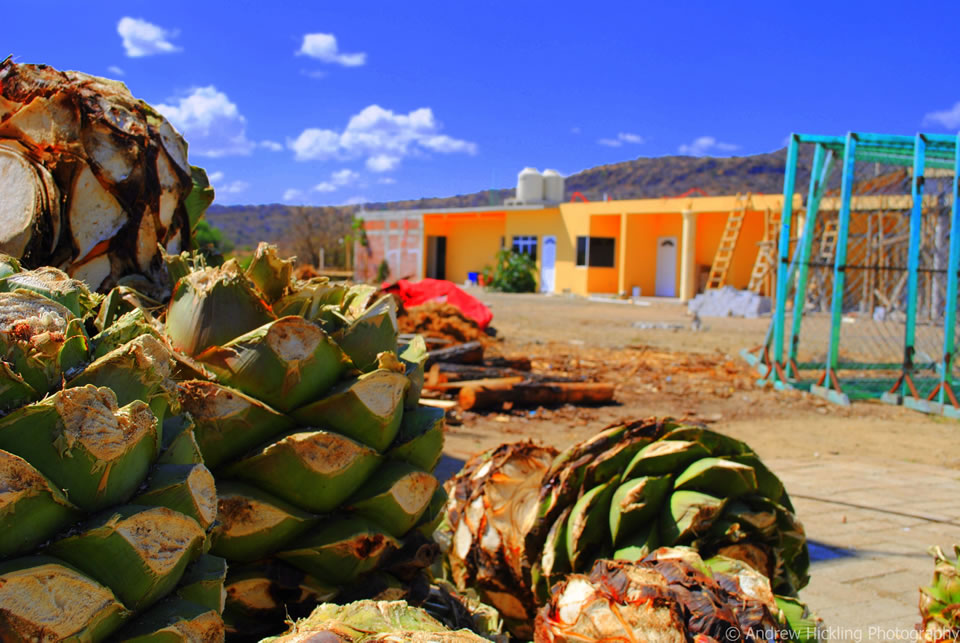
“Ron Cooper, the founder of Del Maguey [a producer of mescal], says it best: ‘You don’t find mescal, mescal finds you.’ I am truly living proof,” says Justin Shapiro, co-owner and general manager of New York restaurant Mayahuel, which offers several varieties of mescal to an enthusiastic clientele. Shapiro says he fell in love with the spirit after traveling to Oaxaca, Mexico, the birthplace and epicenter of mescal production. “To say the trip changed me would be a drastic understatement, and to say that mescal comes from the most amazing place on earth would barely do it justice.”
Unlike tequila, with its infusion of millions of marketing dollars and huge industrial facilities, mescal is only made by small producers and is still relatively difficult to find. The Mexican government requires that anything labeled mescal must be produced and bottled in Mexico and cannot be exported in large batches.
Still, Kohlmann adds that some of the brands he imports have seen a 400 percent increase in sales in the United States in the last few months alone—which means it’s not necessary to travel to Oaxaca to experience mescal. Bartenders and mixologists who have discovered the drink are introducing it to consumers in the restaurants and bars that are savvy enough to stock it.
According to experts, drinkers appreciate the boutique taste of mescal that stems from a production process that’s been passed down through the generations and includes roasting the pinas in pit ovens. “We’ve noticed people love to gravitate more toward cocktails and spirits that are using artisanal premium products and, therefore, mescal comes into play,” Day says.
“The primary difference found in mescal (as compared to tequila) is its distinctive smokiness, both in aroma and flavor,” Shapiro adds. “In addition, mescal is more potent—mescal is usually distilled to between 48 and 49 percent alcohol by volume while tequila is normally distilled to 40 percent alcohol by volume.”
When embarking on a mescal tasting, Day recommends trying no more than three types, beginning with the youngest (blanco) and progressing to the aged mescals (reposado and anejo). “The type of glassware used to taste should also take a heavy role,” he says, recommending a tulip style of glass like a brandy snifter. “In order to understand the spirit, you need to ‘nose’ the spirit.”
According to Kohlmann, producers are beginning to make mescal without the traditional smokiness by steaming the pinas, which he believes is contributing to its growing popularity. “Because mescal can be made with several types of agave, you have more room to create different flavor types than you do with tequila,” he says. “… If you’re an innovative and skilled mixologist, it’s an opportunity to take a product—something no one has heard about—and create a completely new sensation.
At Mayahuel, for instance, Shapiro says one of the most popular cocktails is the Ron’s Dodge Charger. The drink uses a mescal infused with “chile de arbol” (tree chili peppers) and mixes it with pineapple, lime, agave nectar and smoked salt for a thrilling taste.
Of course, as much as observers love to discuss the differences between tequila and mescal—perhaps over a flight of either one—it’s no secret that they are sometimes best enjoyed together. A staple cocktail at Mayahuel is the Oaxacan Old Fashion, which is made of mescal, reposado tequila, agave nectar and Angostura bitters. According to Shapiro, “The right amount of spice and citrus pair incredibly well with both tequila and mescal.”
—Written by Tiffanie Wen

